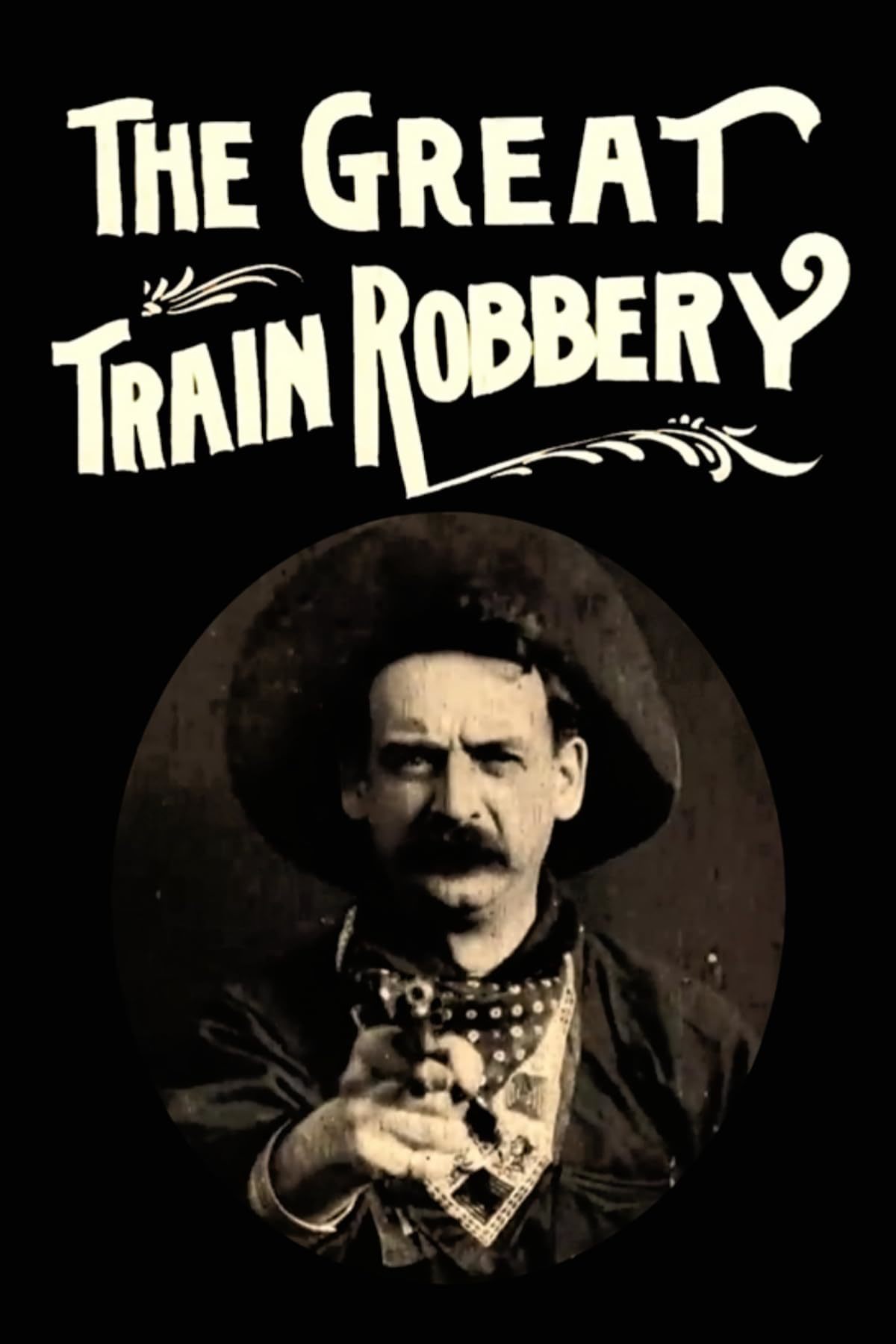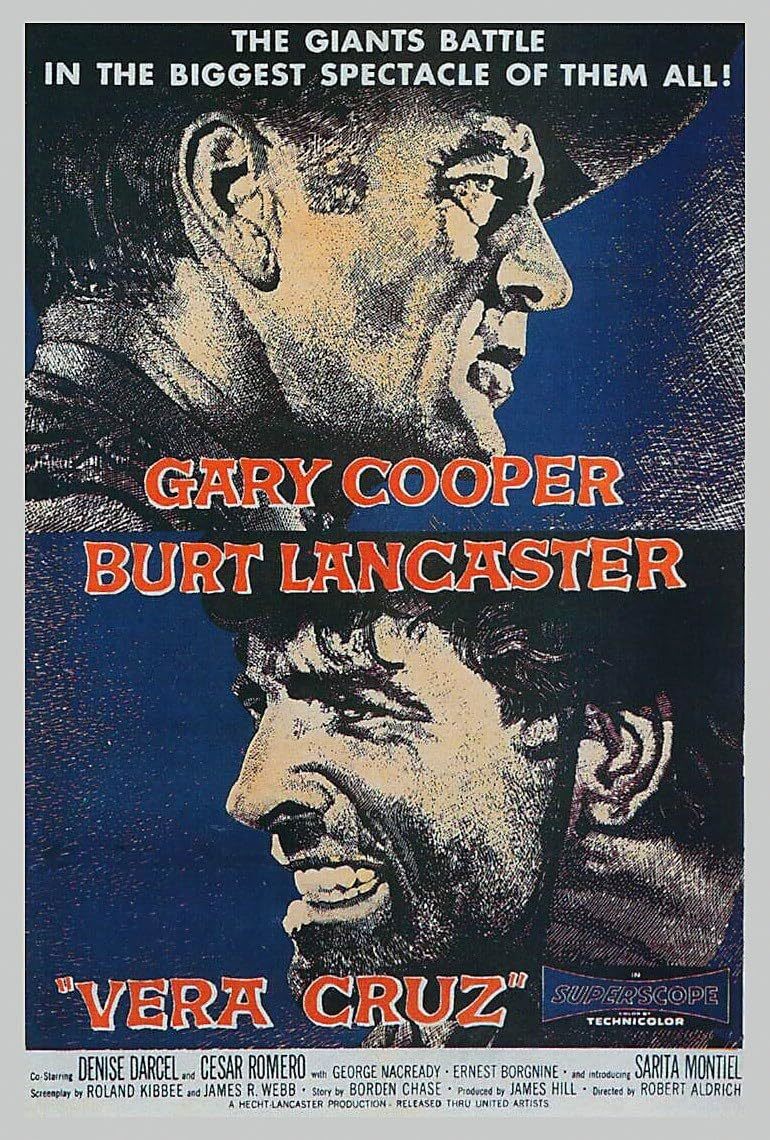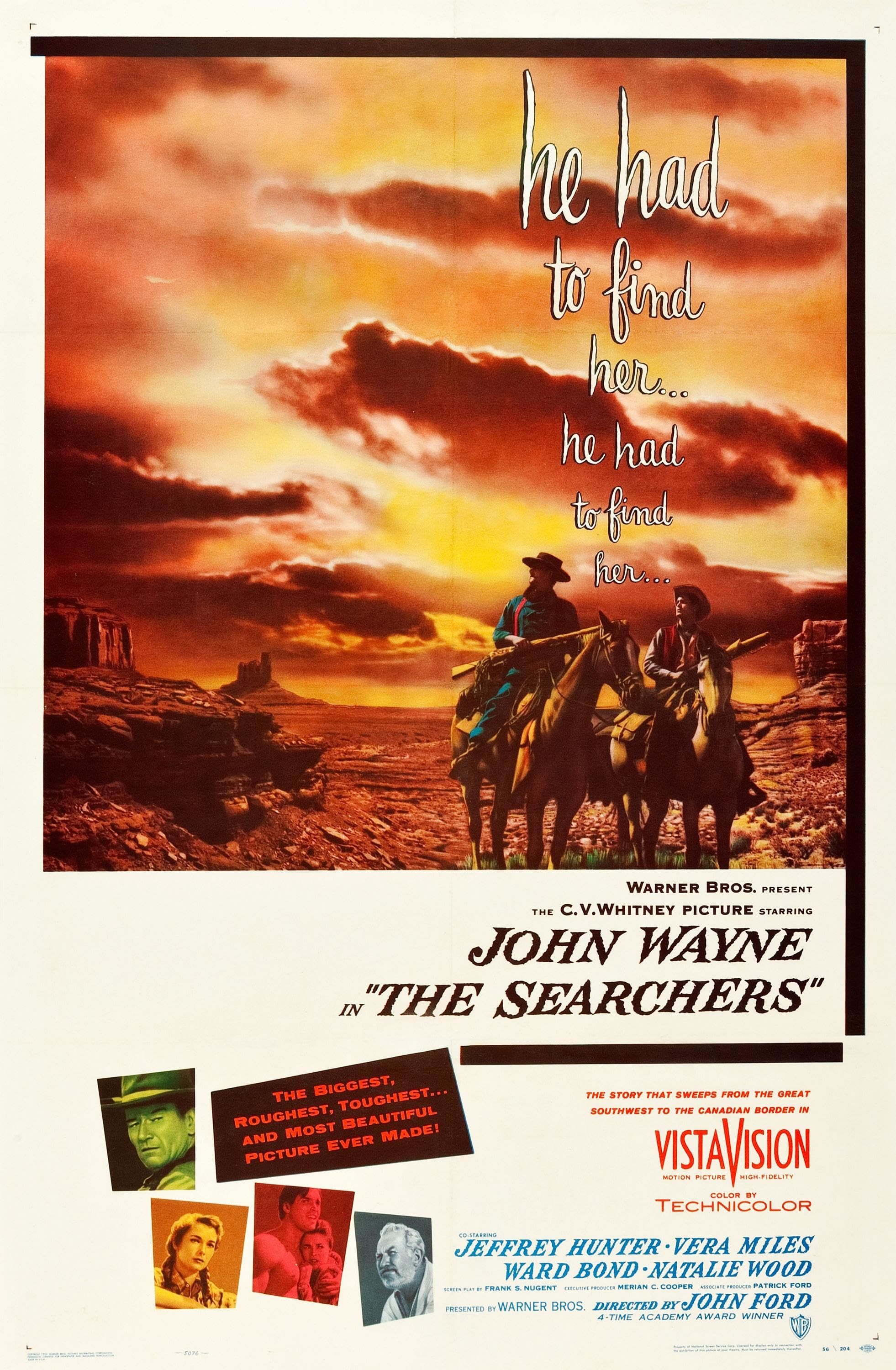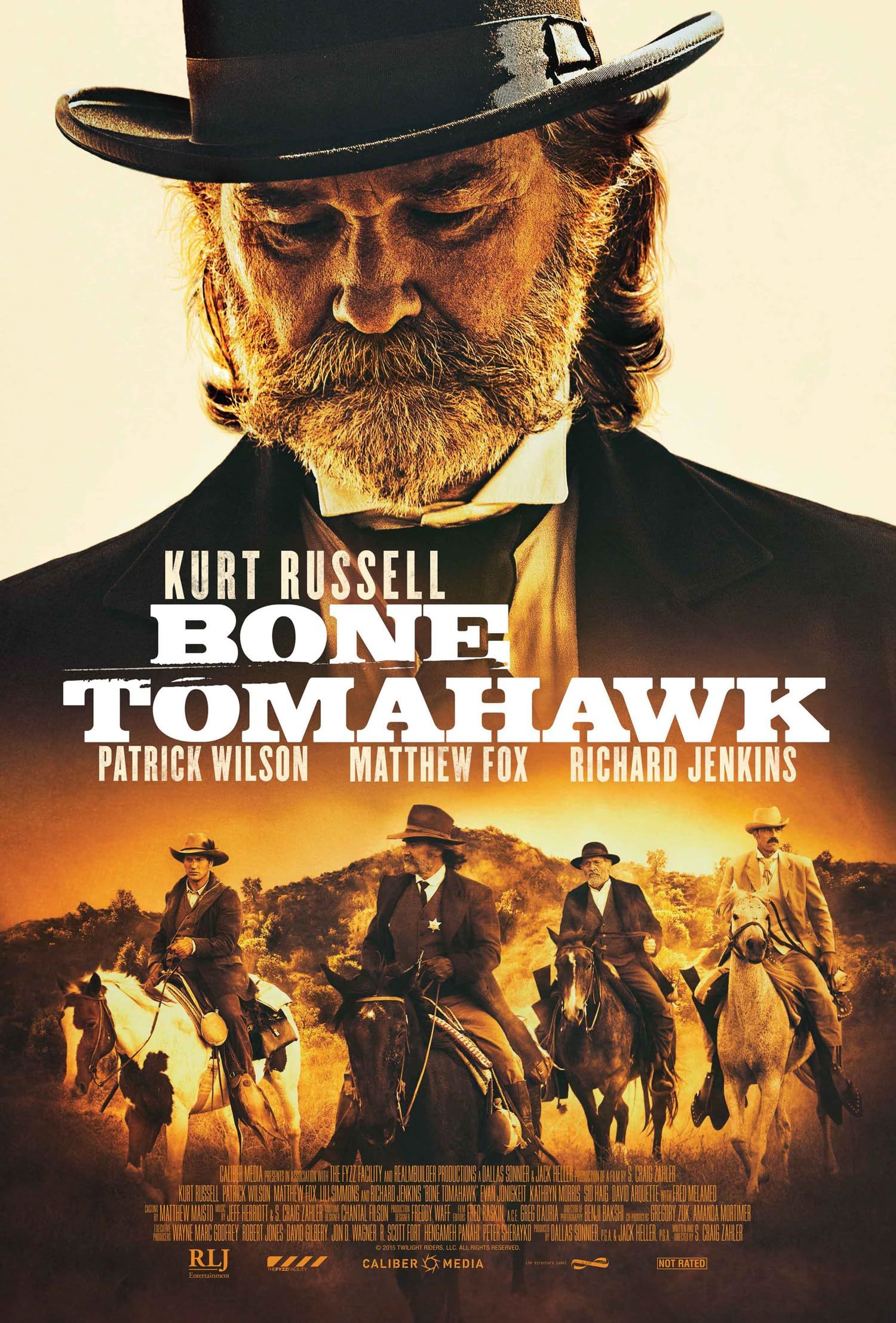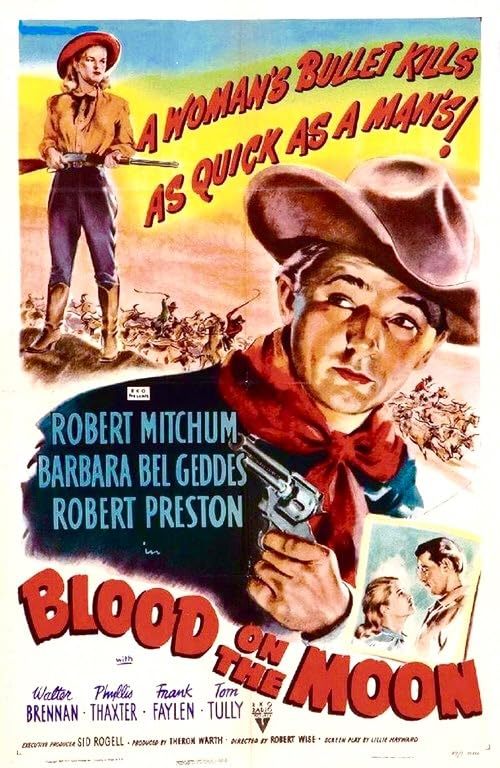
Actor Randolph Scott and director Budd Boetticher made seven movies together, all westerns. I’m a big fan of all of them and this weekend while looking for another western to watch I landed on this one. Mostly because I knew it to be lighter fare than the others and my wife tends to not like dark and serious films.
Buchanan Rides Alone is the silliest of the films they made together, and probably my least favorite. Scott plays Tom Buchanon a drifter returning from Mexico with a lot of money in his pocket. He’s headed home where he’ll buy a plot of land and finally settle down.
He stops at a strange little border town called Agry where he quickly learns everything – a glass of whisky, a room for the night, a well-cooked steak – costs ten dollars exactly. He sits down with a bottle only to have it taken away from him by a drunk named Tom Agry. Moments later a young man named Juan (Manuel Rojas) charges into the bar and kills Tom.
The Sheriff and several other men round Juan up and beat the living tar out of him. Buchanan steps in to lend a hand. Naturally, this lands him in jail.
Nearly everybody of importance in the town is named Agry. The leader of the family Simon runs the town with a tight fist and is also a judge.
There is a trial, and a breakout, and lots of gunfights. It is all light-hearted and fun. There are a few attempts to be actually funny, but mostly it is just breezy and slight. Most of the other films Scott and Boetticher made together are much more serious in nature and have something to say. This is pure entertainment.
It isn’t bad at that, but I can’t help but compare it to films like The Tall T and Ride Lonesome (both of which I reviewed here), and this film just doesn’t compare.





